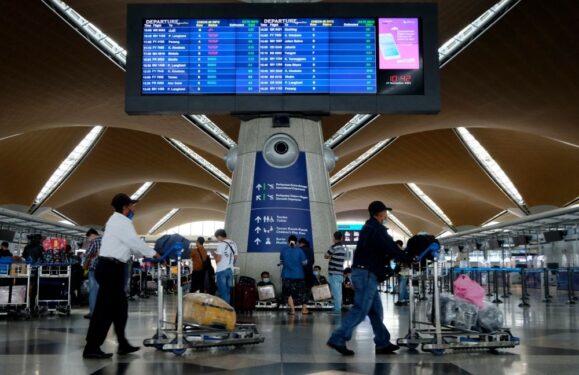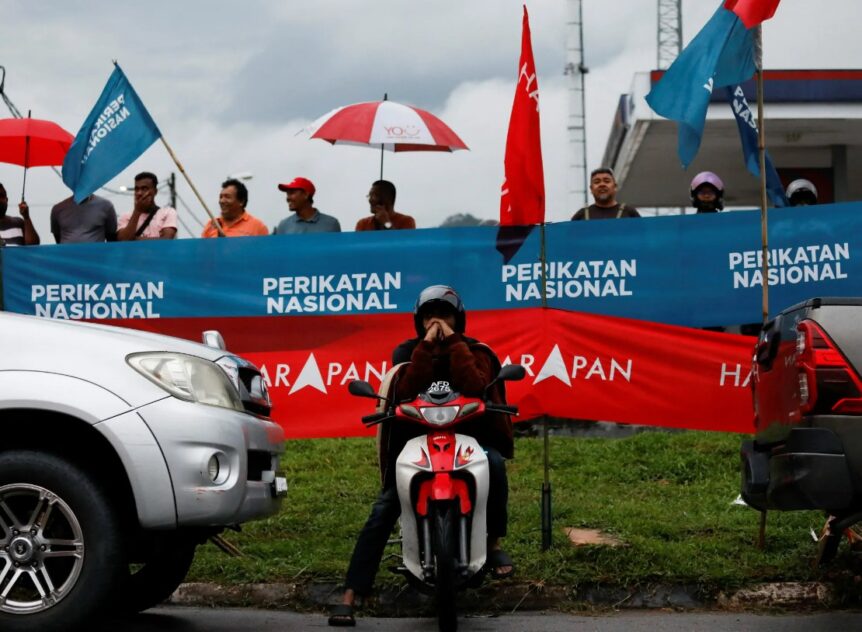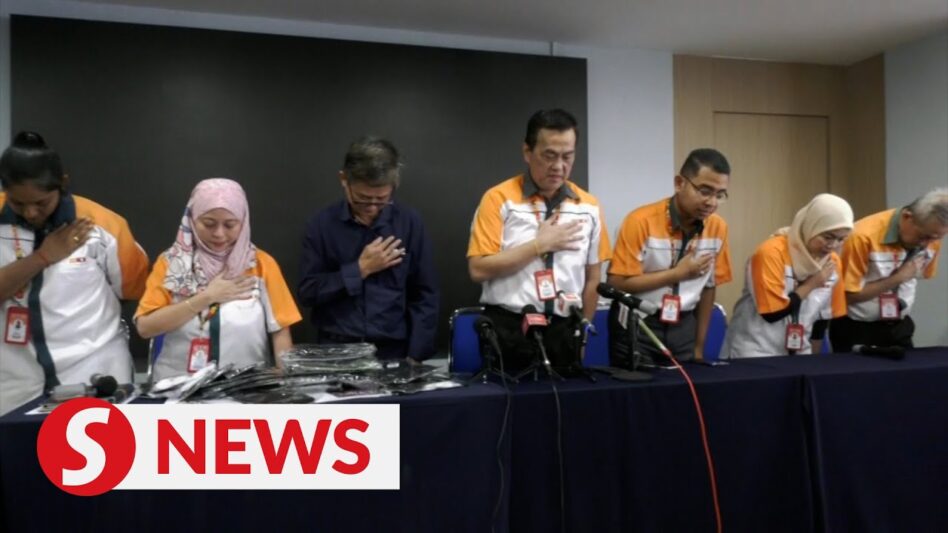By Ameen Kamal
THERE have been reports of fake COVID-19 vaccines made by filling syringes with either saline or mineral water. The illegal operation had reportedly been manufacturing and distributing thousands of fake vaccines in China since last year, with some batches making its way to Hong Kong before being exported to an unknown destination.
As Malaysia is expecting to receive millions of vaccine doses throughout the year from various parts of the world from multiple manufacturers, Malaysia should consider adopting not only a global digital traceability standard, but also upgrading this with more secure Industry 4.0 (4IR) technologies.
This should also be supported with vigilant monitoring and enforcement, supplemented with effective communication to inform the public.
Fake vaccines capitalise on the loopholes existing in the “mainstream” supply chain traceability, or through completely independent channels via “underground” COVID-19 black markets.
Counterfeiting by hijacking or theft of official supply chains and distribution channels are unlikely if genuine manufacturers adopt highly secure end-to-end traceability standards.
Deloitte reported that standardised “DataMatrix” two-dimensional (2D) barcodes (based on a GS1, a not-for-profit global standards organization supply-chain standards) are to be used in tracking and identifying all COVID-19 vaccines, as per World Health Organisation’s recommendation.
According to Deloitte, GS1 is the most widely used standard with more than 70 countries adopting it. It includes a “Global Digital Thread” that can track from raw materials and ingredient suppliers used in manufacturing vaccines all the way to the end-user.
However, barcodes have been known to be circumvented through copying or replication. Not only that, counterfeit products detected through traditional barcodes that have been copied simply alert of a duplication.
Upgrading traceability systems using 4IR technologies
Researchers from the Department of IT of the National Institute of Technology Raipur proposed the use of encrypted quick response (QR) codes whereby every point of transaction (from manufacturing to end user) is connected to a blockchain.
The proposed system uses public-key cryptography (similar principles used in cryptocurrencies such as Bitcoin) whereby any participants in the supply chain must share their public key (distributed to all participants) to the manufacturer if they want information on the QR code.
The manufacturer will then encrypt the QR code to be sent back to the requester. If the requester is a valid participant, they would have the corresponding private key to decrypt the QR code.
The method may be strengthened by combining it with artificial intelligence (AI). According to IBM, this includes capturing a high-resolution digital picture of the label unique variations not discernible by the human eye can be detected by AI, creating a corresponding digital “fingerprint” in cyberspace of the physical QR codes or labels.
AI would compare the physical QR code in question with the digital fingerprint, when any valid participant requests for verification.
Premsai Sainathan, director of marketing in a company providing real-time end-to-end supply chain tracking and monitoring, proposes to go even further by combining AI and blockchain with IoT and robotics to ensure the entire supply chain is automated, preventing it from being meddled with.
Afterall, the integrity of any human element in any transactions throughout the supply chain is still susceptible to errors and corruption.
That being said, its understood that poorer countries which may not even have sufficient conventional digital traceability infrastructure to begin with would find the costs for such upgrades to be challenging. Hence, poorer countries are more at risk, with people desperate to find cheaper and faster alternatives.
In Malaysia, regulators and licensed vaccine importers should consider traceability methods such as those mentioned above, together with vaccine manufacturers and integrate with local healthcare providers such as hospitals that would be handling vaccine inoculation.
In any case, even if a counterfeit product passes all these hoops and is exported, Malaysia’s National Pharmaceutical Regulatory Agency (NPRA) requires samples from a given imported vaccine batch to be sent to NPRA lab for verification, before the vaccine lot can be released and distributed for use in Malaysia.
As pointed by IBM, counterfeit drugs are emerging as a global problem through increased activity of unregulated e-pharmacies, covert laboratories and organised crime.
This could be as sophisticated and elusive as dealings through the deep web, or simply through illegal utilisation of encrypted mobile apps for use in direct sales. With weak monitoring and enforcement, this could even be done ‘openly’ via well-known e-commerce platforms.
Combating this requires vigilant monitoring and stricter enforcement in cyberspace and in the real world, supplemented with persistent effective outreach campaigns by authorities to the public to educate people on official vaccine channels, methods of end-user product verification, dangers of fake products and other related issues.
Also, given that the end-user is the last bastion for detection of fake vaccines, perhaps apps such as MySejahtera can be considered for integration with validation mechanisms, linking products related to COVID-19 to genuine manufacturer’s database for verification by the end-user.
Vaccine misinformation leads to information bias, which may lead to preferences for certain types of vaccines, driving people to search for alternative routes to bypass official ones.
Furthermore, vaccine sceptics may opt for alternative medicines, fuelling the COVID-19 black market beyond vaccines. Both the supply and the demand side have to be addressed.
At the moment, due to lack of clinical data, Malaysia does not pursue vaccination for people under the age of 18, and this age group makes up about 29% of the population.
Though ongoing tests might change this the future, it currently puts a question on how the 80% vaccinated population can be achieved.
Assuming 70% is the lowest threshold for herd immunity, then all adults have to be vaccinated.
With existing sizeable anti-vaxxer population and other groups of medically-unfit vaccine recipients, there is just no room for a population of victims inoculated with fake vaccines. – Feb 19, 2021
Ameen Kamal is the Head of Science & Technology at EMIR Research, an independent think tank focused on strategic policy recommendations based on rigorous research
The views expressed are solely of the author and do not necessarily reflect those of Focus Malaysia.










